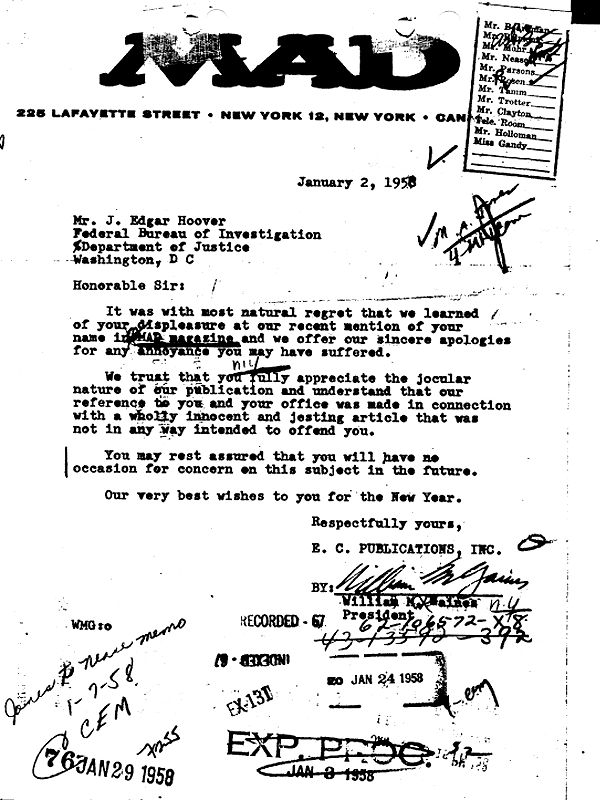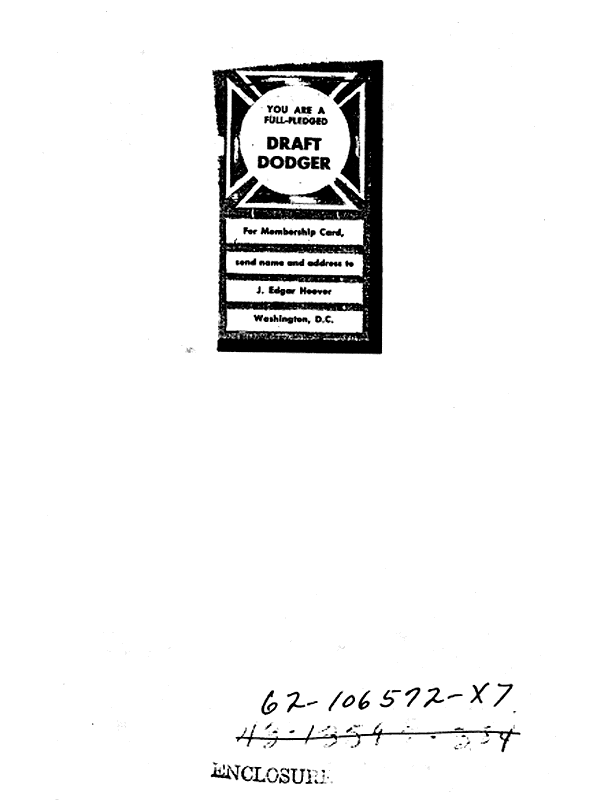Are collectibles markets driven by arbitrary standards? Of course. Just note the comparisons between the art world and world of vintage baseball cards. Don’t see any significant similarities? You must not be an economist. As Tim Schneider points out at Artnet, the two markets may be more alike than not, but they “diverge violently when it comes to the concept of restoration.” Baseball cards, no matter how tattered, stained, and torn, should never be tampered with to improve their condition one bit. One could say the same of many other “positional goods,” to use the properly economistic term.
But economists don’t make categories with aesthetic criteria in mind, and most of us aren’t gallery owners, curators, or billionaire collectors, but lovers and appreciators of art. Do the vast majority of people who visit Rembrandt’s monumentally famous The Night Watch at the Rijksmuseum care about the fluctuations in the painting’s market value? Likely not, especially since a work as treasured as the officially-titled Militia Company of District II under the Command of Captain Frans Banninck Cocq has no market value. “It will never be sold,” writes travel writer Kieran Meeke. The Night Watch is “literally ‘priceless.’
“Like many other such paintings in national collections, there is also no reason to insure it as it makes more financial sense to spend the premiums on improving security.” Other reasons to spend on security include the three violent attacks the painting has endured at the hands of angry and troubled would-be art assassins allowed to get too close. This damage, ranging from severe to mild, and the ravages of time, have also necessitated many expensive restoration efforts, and the latest undertaking is the biggest yet, especially since it has been turned into a heavily-promoted live event called “Operation Night Watch.”
Last year, we brought you news of this upcoming opportunity to see the painting’s vibrant colors emerge from the accumulated grime; this month, the project began, with an introduction on Monday by museum director Taco Dibbets. This is “the largest research and restoration project ever for ‘the Night Watch,’” the Rijksmuseum reports, “and you can be part of it.” You do not need a ticket to the Netherlands, though if you buy one, you’ll also need to buy a ticket for entry to the museum, where the painting will be on full display during its restoration. If, however, you decide to watch from home, your seats are free.
The project’s name is only partly tongue-in-cheek. “It is like a military operation in the planning,” said Dibbets, and it has required the utmost precision and expert teams of restorers, data experts, art historians, and the professionals who moved the enormous painting into the glass case it will occupy during this intense period. The crew of restorers will work from digital images taken with a macro X‑ray fluorescence scanner, a technique, says Dibbets, that allowed them to “make a full body scan” and “discover which pigments [Rembrandt] used.”
This restoration project will greatly expand our understanding of the painting’s creation, and renew our awe for its grandeur. There may be no way to calculate The Night Watch’s monetary value, outside of the unlikely event that the Rijksmuseum decides to sell, but what restorers, historians, gallery visitors—and millions of art lovers around the world, who only know the painting in reproductions—truly want to know is: what exactly did this beloved artwork look like when it was first made, and what might we have been missing in the almost 400 years we’ve been admiring it?
We’ll get the chance to see not only the finished product of the restoration, but every painstaking step of the process as well. You can monitor the progress of the restoration online, and, further up, see a time-lapse video of the labor-intensive operation required to move the massive canvas.
Related Content:
300+ Etchings by Rembrandt Now Free Online, Thanks to the Morgan Library & Museum
What Makes The Night Watch Rembrandt’s Masterpiece
Late Rembrandts Come to Life: Watch Animations of Paintings Now on Display at the Rijksmuseum
Josh Jones is a writer and musician based in Durham, NC. Follow him at @jdmagness




